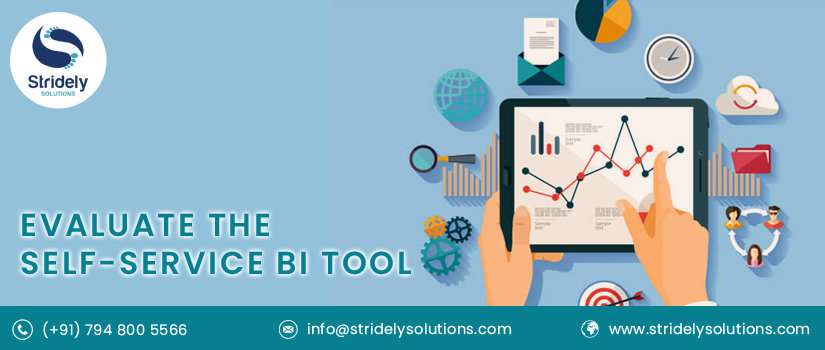I remember about the time when the BI systems were much like traditional system, where once it was installed and then made run, the managers or executives had to wait for weekly or monthly business reports. This monthly procedure would follow taking important decisions a month and to implement the same the next other month. To add a report required some request would take weeks or months to design and code.
The Business Market is never the same, it changes with the trend and so are the implications. The Market vendor expecting IT Department to work closely, configure and integrate. As everything was changing it changed in 2004, I mean introduction of self-service BI. The self-service covers top platforms as Domo, Power BI, Qlik Sense, QuickSight and Tableau. This makes the business decisions more capable to get the results in days rather than months. The all you need is high-speed internet and availability of cloud computing.
I don’t want to say traditional BI wasn’t useful, it is still useful and alive well maybe somewhat diminished. Some reports as Financial reports requires accuracy and it may take weeks for reports. Maybe these kinds of reports don’t work well for by self-service BI products but though the latest platforms are completely replacing traditional BI systems.
Also Read: A Guide to ADSO Functions in SAP BW4HANA
You really have to evaluate while selecting a self-service as a right evaluation for your business is the key. Sometimes you really need to see if your company need this BI platform for importing data because chances are you might already have the data. Hence you have to take care from the vendor’s point of view too. Many big analysis firms takes more interest in paying customer rather than vendors. I have tried to subject few areas as concern while going for self-service BI Platforms.
Data sources
So the first thing you can ensure is about BI platform if it can read all your data sources. Look if the platform has to import data into its own store or if it can process on fly. What is the import time? Make assumptions about how much data you’ll have in next coming years. Can the BI system run where your data resides? If not what difficulty it would be to move your data?
Data transformations
Data is never the same and inconsistent as well, it always changes. It is really sometimes difficult to manage the data as sometimes fields might be missing from a row or may contain some unappropriated values. Misspellings, spelling variants, Numeric ranges may differ, and many more. BI system may require you to write SOL SELECT statements, may it import itself and does it requires to write database queries, like these and other concerns you should try out a BI system on some of your data.
Ease of learning and use
You can’t really cover this part that self-service BI systems are complicated and have many moving parts. Ever BI platform have different user experience. There is a lot difference between documentation search, indexing and organization.
Collaboration options
When I talk about Collaboration options the things that should come in your mind is sharing. By sharing I mean what you are sharing varies from system to system and to whom you want it to be shared whether licensed users, read-only registered users or unregistered. There are various distinction in data which largely effect on whether you’ll be able to afford the BI product for your company or selected market.
Costs and Benefits
Cost doesn’t only the vendor’s fees but also the additional one as the cost to store your data, hoist platform on-premises or in cloud and training people. The main benefits are less human effort and reaching efficient decisions that eventually improves profits and growth.


